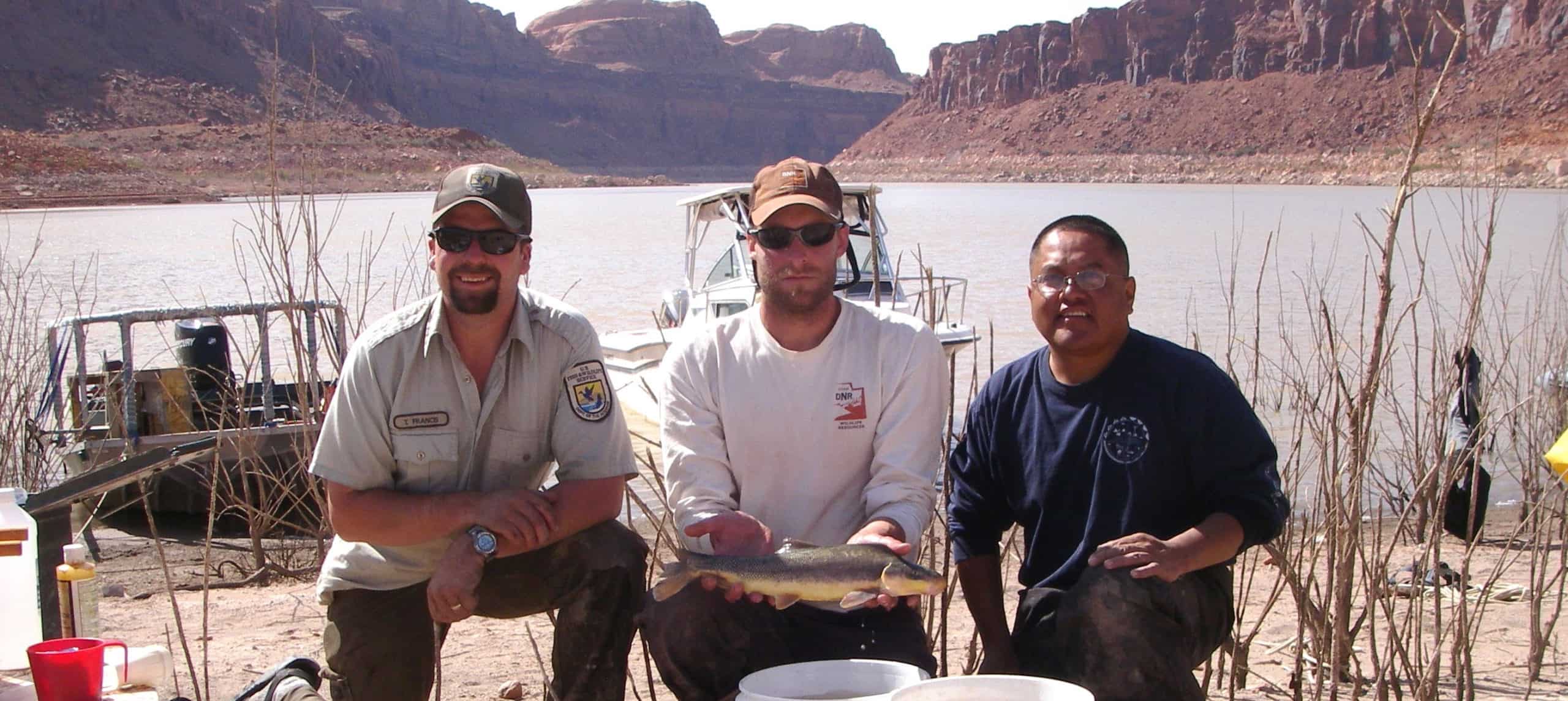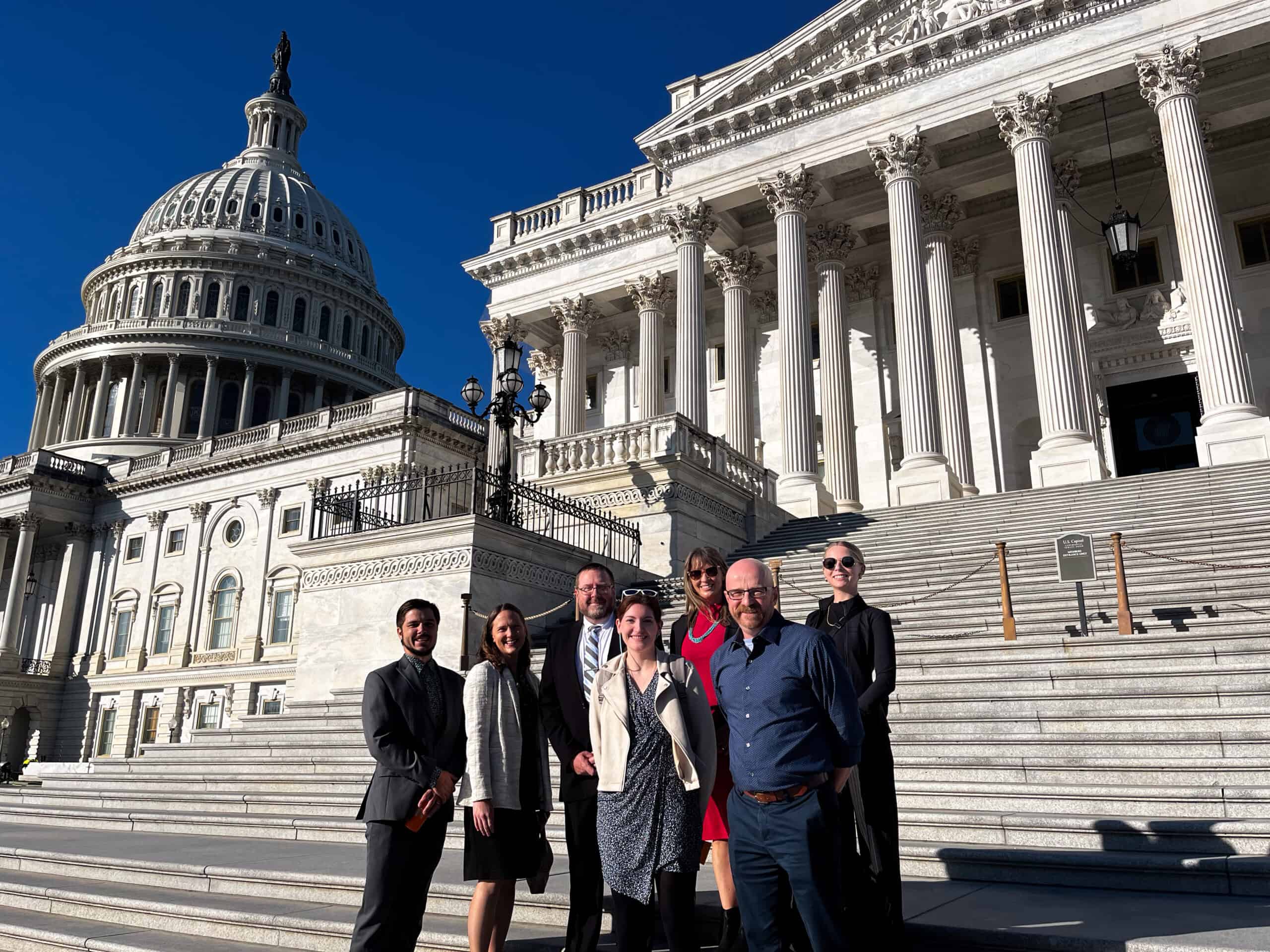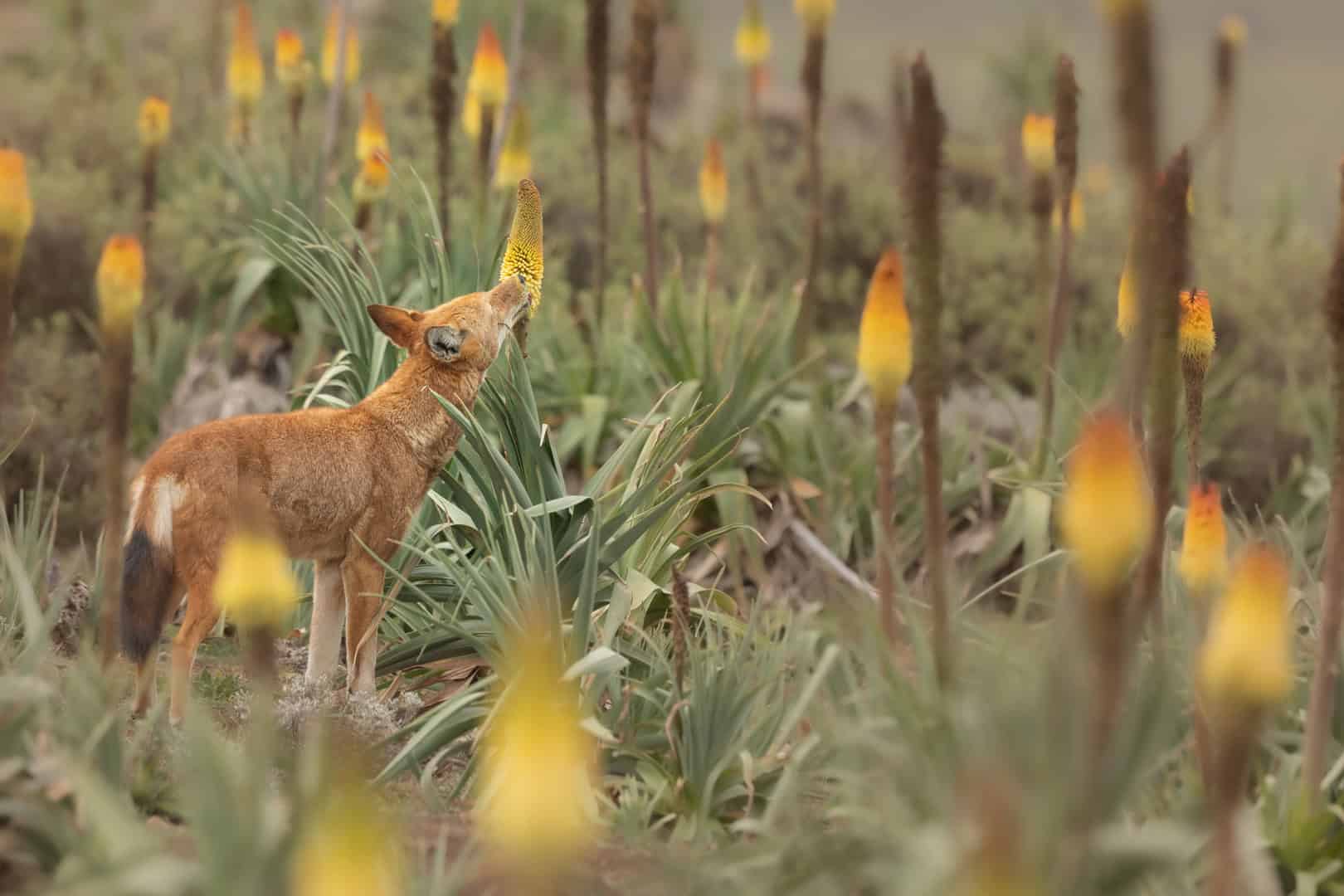Share this article
RAWA offers tribes major increase in conservation dollars
Passing the Recovering America’s Wildlife Act could be significant for state wildlife conservation efforts, but it could be transformative for tribal programs, drastically increasing the federal funds they currently receive.
The proposed legislation would provide $97.5 million annually for tribal wildlife conservation.
That’s “an enormous increase from the currently available federal funding of about $5 million per year,” said Sara Parker Pauley, president of the Association of Fish and Wildlife Agencies, during a session on tribal conservation efforts at the virtual 86th North American Wildlife and Natural Resources Conference. “Clearly, tribal involvement in fish and wildlife conservation programs will grow significantly. This means state fish and wildlife agencies will have the opportunity to strengthen their partnerships with tribal authorities to address landscape-scale conservation challenges, including climate change.”
Some 574 federally recognized tribes own or influence the management of nearly 140 million acres, affecting over 500 species listed as threatened or endangered, said TWS member Julie Thorstenson, executive director of the Native American Fish and Wildlife Society, but their fish and wildlife departments are often understaffed.
Tribes are excluded from federal funding programs like the Pittman-Robertson Act and Dingell-Johnson Act, which help fund state fish and wildlife activities. Tribal Wildlife Grants through the U.S. Fish and Wildlife Service provide some funding, but those grants can’t exceed $200,000 — a fraction of the $1 million grants states can receive through a related program, Thorstenson said. As a result, tribes often rely on revenues from hunting and fishing licenses, land leases, casinos and grants.
“Finding stable, dedicated annual funding for tribal fish and wildlife programs has been an issue forever,” Thorstenson said. “The $97.5 million that are included for tribes [in the Recovering America’s Wildlife Act] is going to be a landmark, and really a game changer in Indian Country and allow tribes to really build that capacity and focus on species of greatest concern that are culturally important.”
In addition to tribal funding, the Recovering America’s Wildlife Act would provide $1.3 billion in dedicated funding annually for state agencies to implement wildlife action plans to recover at-risk species.
“RAWA will really provide more equitable funding,” said TWS member Serra Hoagland, with the U.S. Forest Service Rocky Mountain Research Station and Salish Kootenai College. “What we also notice is that on tribal lands, they’re often able to do very innovative and creative management. That’s because their stakeholders are grounded to that place. They’re locally based and they really endure the consequences of their environmental management decision making.”
Presenters also encouraged better dialog to find common ground in arenas where relations between tribal governments and state wildlife agencies haven’t always been smooth.
“Start from a place with no preconceived notions and really hear those perspectives,” said Chandra Harvey, attorney for the Wisconsin Department of Natural Resources.
Header Image: Staff members from the U.S. Fish and Wildlife Service, the Utah Division of Wildlife Resources and the Navajo Nation Department of Fish and Wildlife sample for endangered razorback suckers (Xyrauchen texanus) in the Colorado River. Credit: USFWS








